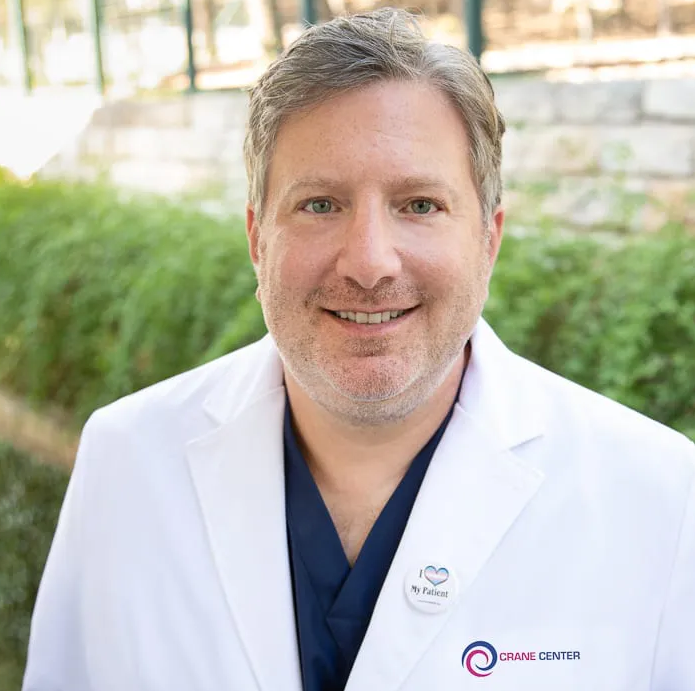Top 5 Factors In Determining The Donor Site For Phalloplasty
1. Why are there so many options for donor site?
Early during my surgical training, I learned an important fact: Whenever multiple surgical options exist for one problem, it means that no option is perfect. This is certainly true for phalloplasty. If the perfect procedure existed for all patients, we would abandon all alternatives and only perform that one ideal operation. In the United States, the two most commonly performed phalloplasty procedures are Radial Forearm (RF) and Anterolateral Thigh (ALT). We rarely perform Latissimus (MLD) flaps because some limitations of that flap, in our eyes, makes the RF and ALT preferable.
RF flaps are appropriate for and can be performed for the overwhelming majority of patients. It is unusual even in really lean patients, for the arm to be deemed too thin as a donor site. The phallus may be less girthy than a less lean individual, but ultimately looks congruent with body size and BMI (Body Mass Index). ALT flaps are usually reserved for patient with a BMI <30 to avoid excessive girth that may (1) yield a phallus that is not suitable for penetrative intercourse (2) preclude creation of a urethra at the time of phalloplasty or (3) create a phallus with a poor cosmetic appearance. Some patients with higher BMI who have minimal thigh fat may also be candidates for ALT.
2. Is the Radial Forearm flap an option for all patients?
Good question. Some patients have an ulnar artery that is not adequate for supporting blood flow to the hand. As you may know, the radial forearm flap uses the radial artery, one of two major arteries to the hand, the other being the ulnar artery. When the radial artery is used to supply the new phallus, the hand relies on the ulnar artery to provide blood flow. Abnormalities can usually be detected by the Allen test, a simple and painless portion of the physical examination that can be performed in about a minute. Rarely, prior injury or current diseases can impact on the suitability of the arm as a donor site – check with your surgeon if you have any questions.
3. Are tattoos Okay?
Any tattoo that is present on the portion of the flap donor site (thigh or arm) used for the phallus will be transferred to the phallus, in whole or in part. This ordinarily does not matter and does not complicate the surgery. We recommend that prospective patients leave the non-dominant forearm clear of tattoos if they have thoughts of desiring phalloplasty in the future. The phallus can be medically tattooed remotely after surgery – ask your surgeon before proceeding with any tattooing of the phallus.
4. Can I used my dominant forearm (the forearm I write with or perform the majority of tasks with) for phalloplasty?
Yes. Some patients do not want to use the dominant arm because of a meaningful tattoo that would fall inside the confines of the RF flap. The rare complications that affect arm or hand function may be more profound if they occur in your dominant arm.
5. Which flap provides a phallus that most resembles a cis-gendered phallus?
Hands down (pun intended), the radial forearm flap usually has proportions that most resemble a cis-gendered phallus.
Dr. Michael Safir is a Diplomate of the American Board of Urology in Female Pelvic Medicine and Reconstructive Surgery. He graduated from Northwestern University in the Honors Program in Medical Education where he received his Bachelors and Medical Degrees. Dr. Safir completed his urology residency at Northwestern University and was awarded the Dr. Susan Perlman Award as the senior resident, among all specialties at the Northwestern Memorial Hospital, “who best exemplified academic excellence, special leadership skills and compassion for patients.” He was selected to complete two separate year-long fellowships in Male (UCSF) and Female (UCLA) Genito-urinary Reconstructive Surgery. Dr. Safir has served as Section Chief of Reconstructive Urology at New York Medical College and as a Clinical Instructor in Urology at both UCLA and UCSF. He is one of a handful of urologists in the world with individual fellowship training and experience in both male and female genital reconstruction. Dr. Safir offers Metoidioplasty and Phalloplasty at the Crane Center in San Francisco. He is a member of WPATH.
